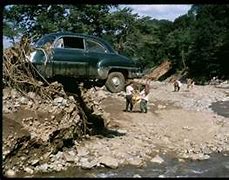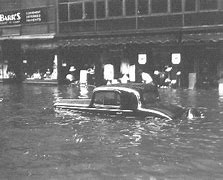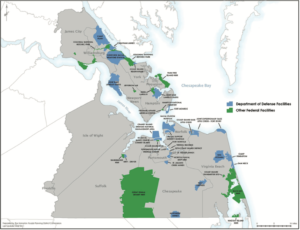by James C. Sherlock
Sometimes things work. Perhaps they will this time.
There was a time in Virginia Beach when a partnership between a developer and a church to build new houses would have breezed through the Planning Commission and the City Council.
That kind of open season on clearing and building on Virginia Beach’s very low-lying land brought with it lots of problems, including flooding.
The citizens of Virginia Beach, tired of flooding in every heavy rain and even under a clear sky with a full moon, a couple of years ago passed a very large property tax increase on themselves to create a huge pot of money to deal with it.
One of the natural flood control systems already in place is a series of contiguous lakes along Great Neck Road in the eastern part of the city. They handle runoff from that major corridor. That system flows into the Lynnhaven River and the Chesapeake Bay.
To that place comes a developer and a local church with a proposal. Continue reading

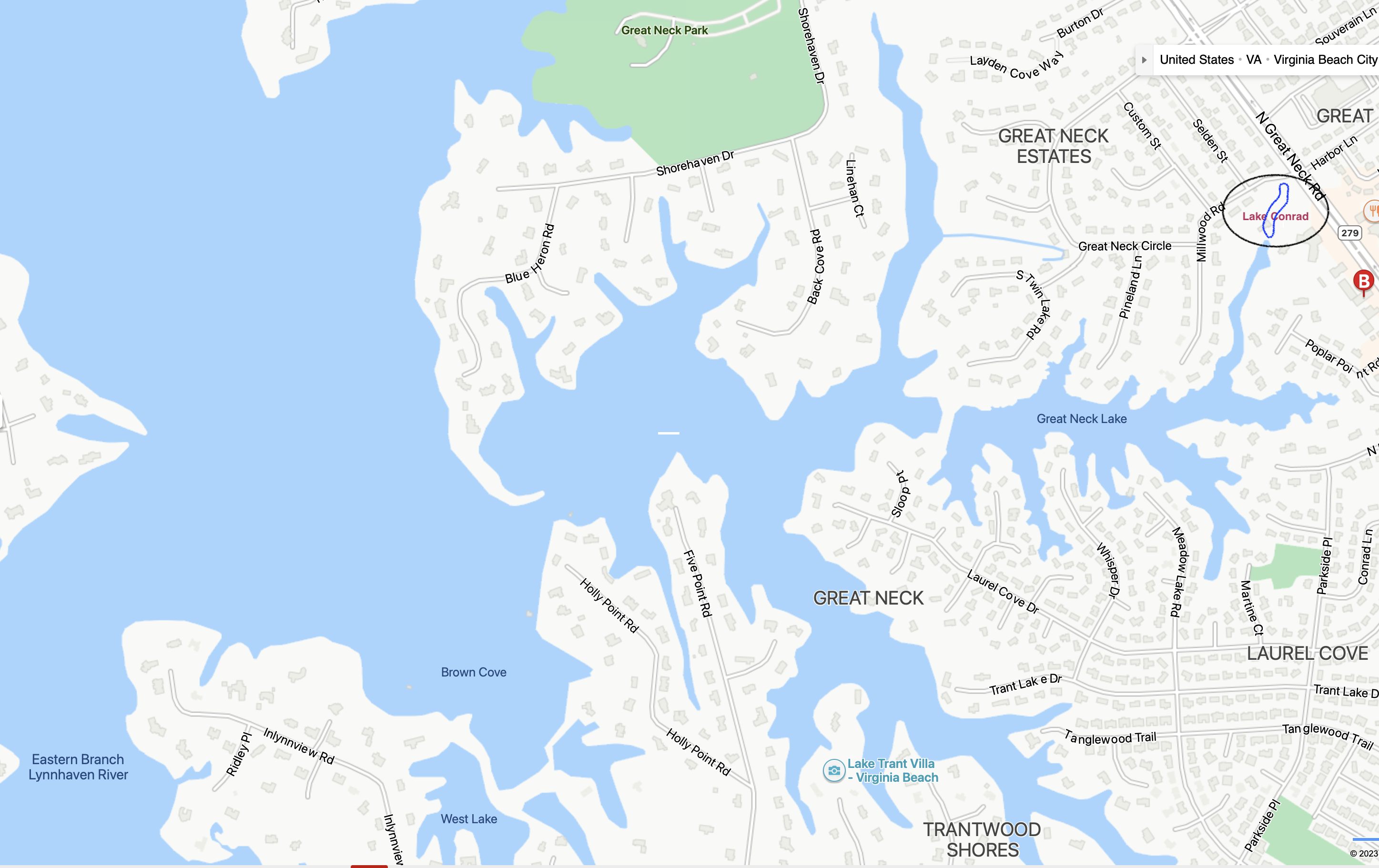
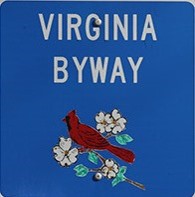 Let’s take a break from DEI; the shortcomings of UVa, W&M and the rest of higher education; and all the other issues that get us riled up.
Let’s take a break from DEI; the shortcomings of UVa, W&M and the rest of higher education; and all the other issues that get us riled up.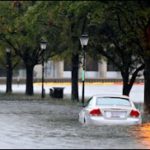


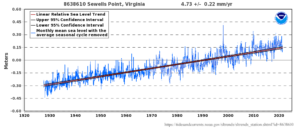
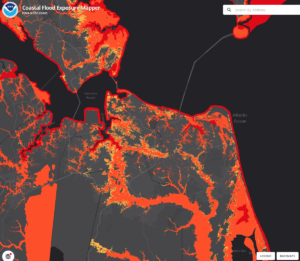
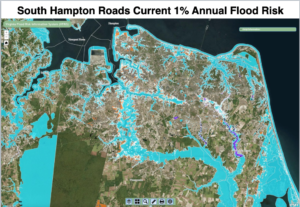
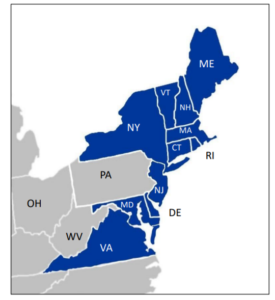
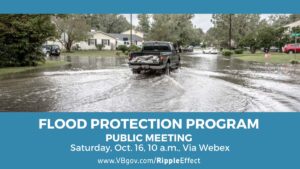 by Dick Hall-Sizemore
by Dick Hall-Sizemore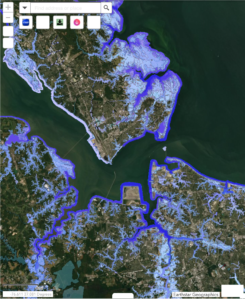
 by James C. Sherlock
by James C. Sherlock